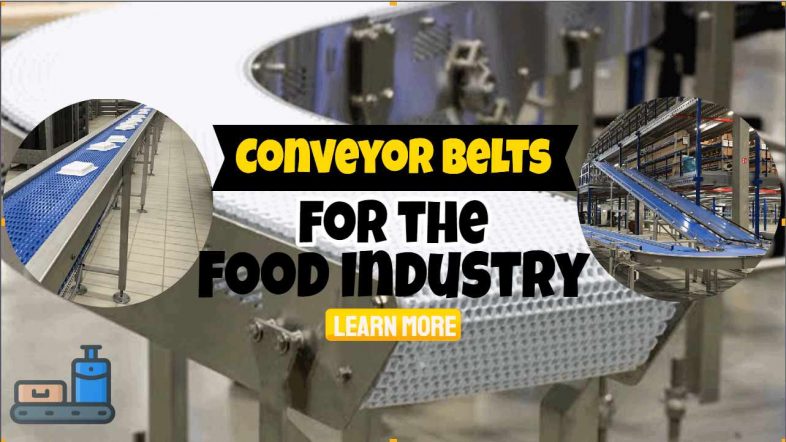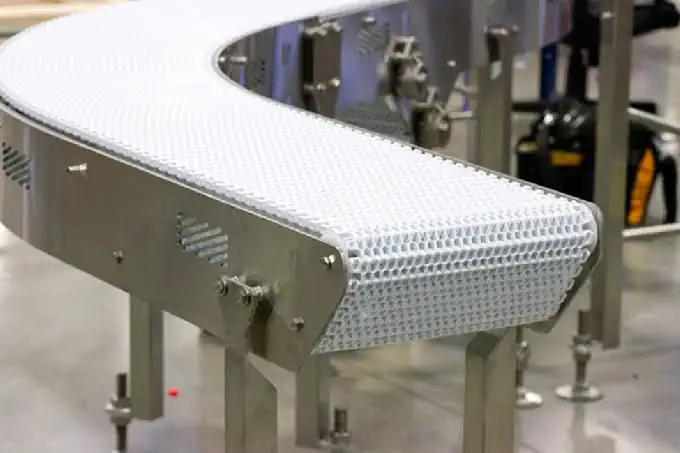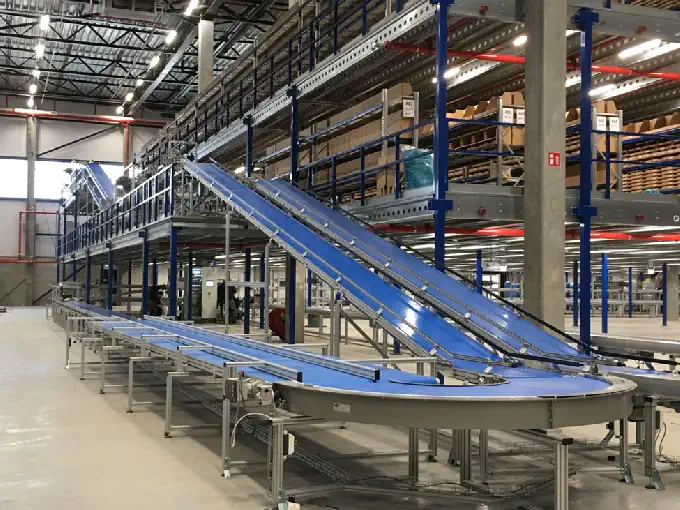Find out about conveyor belts for the food industry, and you'll know more about applying the same technology in the biowaste and food waste anaerobic digestion industry as well.
That's what we thought when we decided to blog about food industry conveyors. Read on and see what you think about these belts, and your comments are welcome.
Conveyor Belts for the Food Industry
Since its conception, the conveyor belt has come a long way. According to the Material Handling Equipment Distributors Association (MHEDA), bulk items have been transported through conveyor belts since around 1795.
Conveyor systems were first employed in the agriculture business to carry grain over short distances. They were commonly comprised of leather belts that travelled across flat wooden beds.
Conveyor systems have advanced significantly over the last 200 years and are now a vital feature of a wide range of businesses. Conveyor belts are not only a cost-effective and efficient way to transport goods; they can also be integrated into the production process, substantially increasing productivity.
Are you considering purchasing a conveyor belt for your assembly line?
It's critical to select a conveyor that best meets your company's requirements. If you want to make an informed decision, you should understand the fundamental types of conveyors and how to fit them into your business needs. If you are not sure how to go about this, you can visit Moduware Manufacturing for assistance.
You will find that the correct belt or band can also help you enhance profit margins, streamline your assembly line, and contribute to company growth in unexpected ways. To get you started, this article will give a breakdown of the most common varieties of belts, along with their uses.
Types of Conveyor Belts
The following are some of the types:
Roller Bed
The surface of this sort of belt, as the name implies, is made up of rollers that are chosen to suit production requirements, like the weight or needed speed of the products that will travel along with the system. This type has fewer rollers and might be made up of two. However, as the distance between the two ends grows longer, more will be required for it to function properly.
When things are put onto the belt by gravity, a roller bed configuration is ideal. This is due to the fact that manual loading might cause damage to the rollers. This system is also a suitable choice for delivering objects over long distances since it reduces friction and allows products to travel more easily.
Uses: Packing, sorting, assembling, inspecting, and transporting things are all possible with these conveyors. For a detailed explanation on these uses, check here: https://www.solidswiki.com/index.php?title=Roller_Conveyors
Flat Belt
One of the most common conveyor systems in use today is the flat belt conveyor. Internal conveyance, or transferring objects within a facility, is made easier using this system. It is extremely adaptable because its belts can be made of a variety of materials. Centre drives and nose bars are optional components that can be included depending on the needs of the application.
Uses: This system is used in industrial settings, wash-down areas, and sluggish assembly lines. It can also transport small, soft, or oddly shaped things without hurting them.
Modular Band
While flat bands employ a continuous loop of material, modular conveyors use a single loop made up of thousands of interlocked components, most of which are composed of hard plastic. Rather than having to trash the entire belts, these segments can be detached and replaced individually. They're also easy to clean and more resistant to abrasive and sharp objects. Modular belt conveyors are therefore easier to maintain and replace than flat belt conveyors.
Modular bands are ideal for applications that require them to traverse around bends. In fact, they can move straight, around a bend, even slope, and drop all while using the same chain and motor. Other types can technically do the same thing, but only with a lot of customization and extra costs.
Uses: Because it is simple to clean, this type of band can be used to transport food. The spacing between plastic segments can be adjusted for applications that require fluid to be drained or retained as it moves through the conveyor. The plastic composition of the segments also makes this band suitable for metal detection.
Incline/ Decline Band
The centre drive, gear motor, and take-up with a single or double nose are all included in this band. It has a rough surface on the belt, which is ideal for transporting items up and down.
Uses: This system can work in conjunction with cleated belt conveyors to deliver products to various elevations while preventing them from slipping off the line. It is excellent for enhancing gravity flow systems in addition to transferring goods between levels.
Washdown and Sanitary Bands
You may have seen this type of conveyor in operation if you've ever watched how doughnuts are made in shops. In order to comply with safety regulations, doughnut shops and other industries in the food and pharmaceutical sector frequently use aggressive washing and sterilizing methods. Hygienic or washdown conveyors are developed specifically for these applications to resist sanitary procedures. Flat wire belts, which are durable and easy to clean, are commonly used in conveyors of this sort.
Uses: These conveyor bands can transport hot or cold materials directly from freezers or furnaces.
How to Maintain Conveyor Belts
The following tips will come in handy:
Select the Appropriate System
The first step is to select the appropriate system for your application. When purchasing a unit, consider the weight of your product, the direction you want to carry it, the speed, as well as whether it requires weighing, metal detection, or sorting.
Keep Your Belts in Good Shape
Food safety isn't the only reason to clean your conveyor belt. A dirty belt can easily slip, especially on the underside, lowering the system's weight-carrying capability. On a similar note, build-up on component elements, such as rollers, can shorten the life of both the belt and the motor. Cleaning the belts on a regular basis will help them last longer. For other ways to keep this in good shape, read this article.
Conclusion to Conveyor Belts for the Food Industry
Conveyor belts are relevant in the food industry as they help with the transportation of items during production.
This article discussed relevant tips to guide you if you need to get a system for your manufacturing plant. Feel free to check them out.










